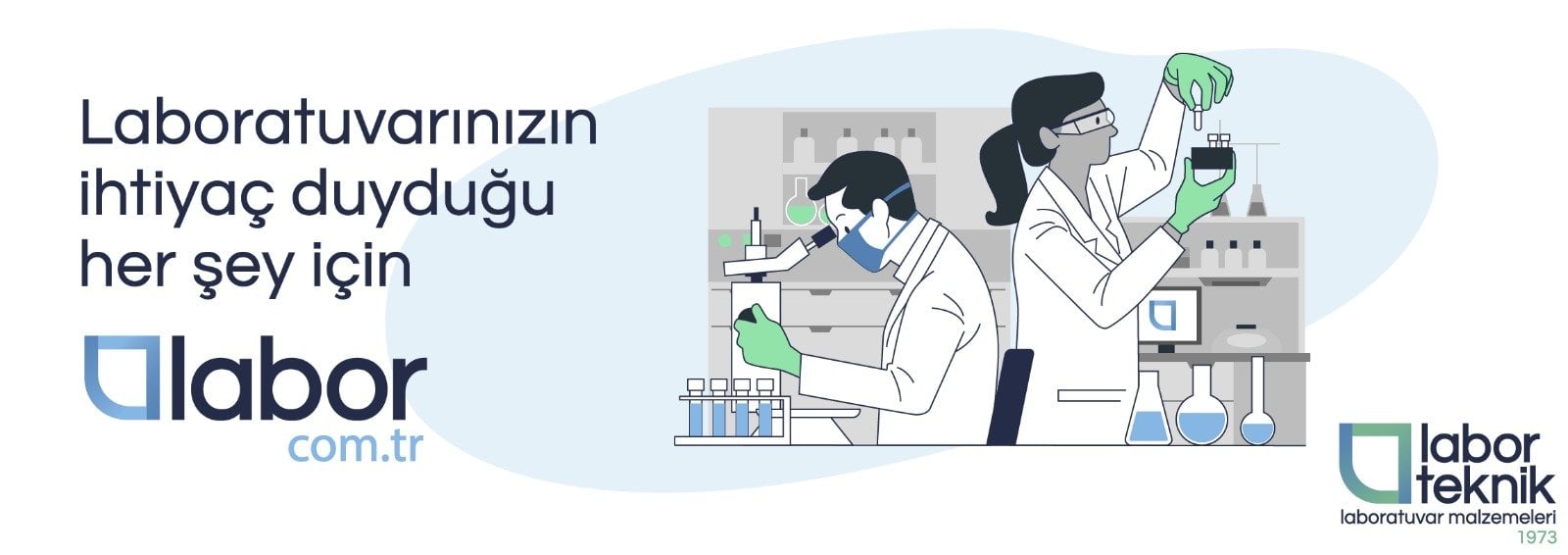Sigma-Aldrich 200336 Poly(methyl methacrylate) average Mw ~15,000 by GPC, powder 50 gr
Kategori
Marka
Stok Kodu
LB.SA.200336-50G
Kısa Bilgi
Synonym(s): PMMA, Poly(methacrylic acid methyl ester) Linear Formula: [CH2C(CH3)(CO2CH3)]n CAS Number: 9011-14-7 MDL number: MFCD00134349 PubChem Substance ID: 24851964 NACRES: NA.23
Bilgi
CAS Number: 9011-14-7
| Sigma-Aldrich 200336 Poly(methyl methacrylate) average Mw ~15,000 by GPC, powder |
| Synonym(s): PMMA, Poly(methacrylic acid methyl ester) Linear Formula: [CH2C(CH3)(CO2CH3)]n CAS Number: 9011-14-7 MDL number: MFCD00134349 PubChem Substance ID: 24851964 NACRES: NA.23 |

|
PROPERTIES
form powder
Quality Level 100 autoignition temp. 580 °F mol wt average Mw ~15,000 by GPC transition temp Tg (DSC) 105 °C (midpoint) solubility dichloromethane: 25 mg/mL, clear to hazy density 1.200 g/cm3 InChI 1S/C5H9O2/c1-4(2)5(6)7-3/h1-3H3 InChI key PMAMJWJDBDSDHV-UHFFFAOYSA-N DESCRIPTION General description Poly (methyl methacrylate) (PMMA) is an amorphous transparent thermoplastic polymer. PMMA is recognized as an optical polymer based on its refractive index (1.49). Hence, it is used in optical fibers.[1] It finds uses in biological applications because of its lower water absorption capability and biocompatibility.[2] The maximum moisture content of PMMA is 1.71% and SBF absorption is 1.96%. Simulated Body fluid test (SBF) is a method to identify the in vitro bioactivity of ceramic materials, by immersing the materials in an aqueous SBF solution. Application PMMA may be used as substrate for graphene growth.[3][4] Some studies report its use as PMMA-titania hybrid optical thins films[1] PMMA/polystryrene/clay nanocomposites[5] PMMA/polyurethane/carbon black nanocomposites for methanol fuel cells acrylic glass implant in surgical specialties as spacer.[6] |
Tavsiye Ürünler












